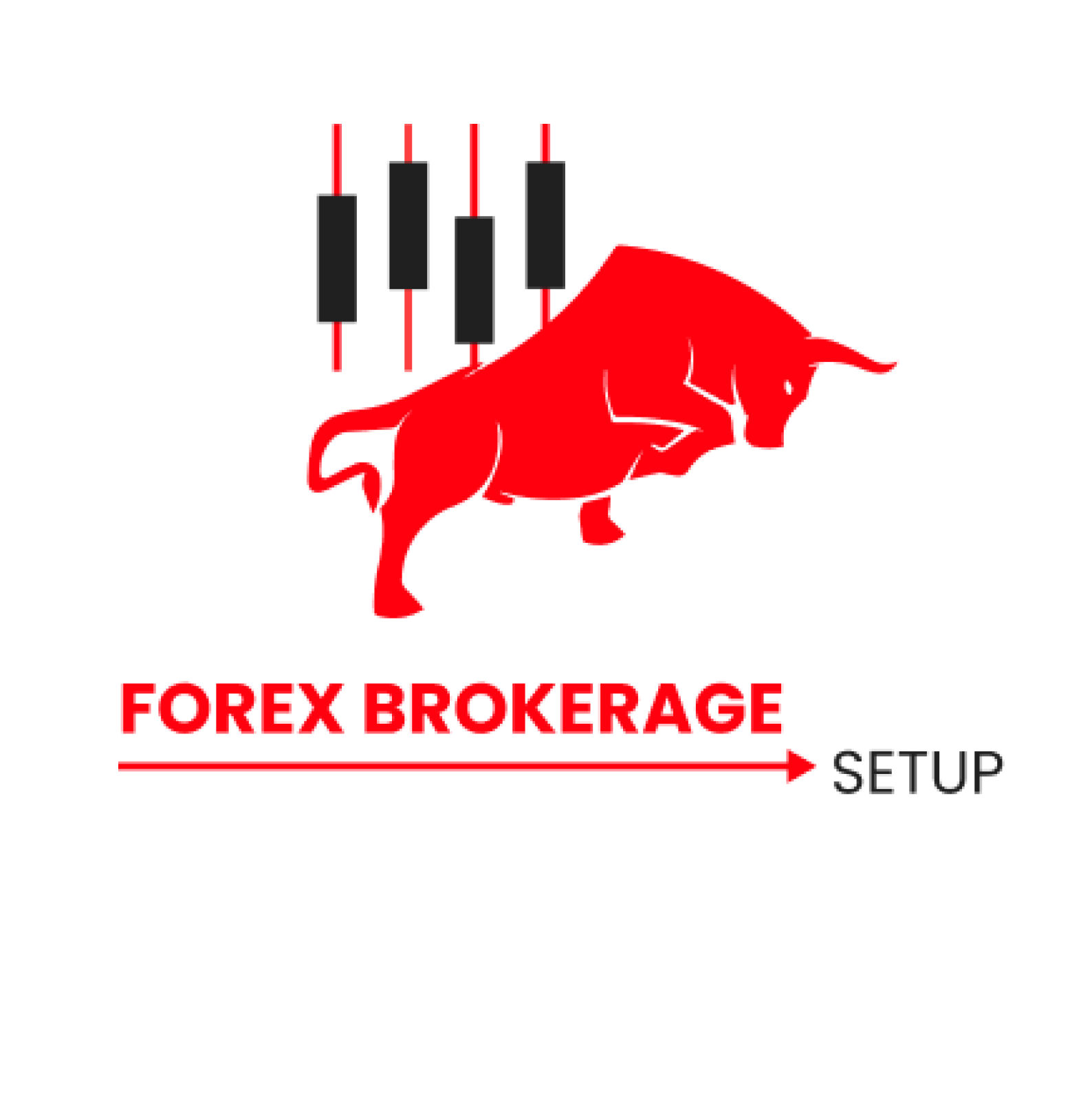
Introduction
Forex trading is a very dynamic and complex market, thus traders must have access to the proper tools and trading methods in order to make wise trading decisions. Forex traders rely heavily on indicators to analyze market movements and spot potential trading opportunities.
The 3 indicators that forex traders can use to find chances in the forex market within the framework of a forex brokerage setup will be covered in this article.
- Moveable averages
A common technical indicator used by forex traders to assess market trends is the moving average. The average price of a currency pair over a given time period is calculated using moving averages. The simple moving average (SMA) and the exponential moving average (EMA) are the two moving averages that traders employ the most frequently.
Moving averages aid traders in determining the trend’s direction as well as potential areas of support and resistance. An uptrend is indicated when the price of a currency pair is above the moving average, and a downtrend is shown when the price is below the moving average. Moving averages can be used by traders to spot probable buy and sell signals.
For instance, a potential purchase signal may be shown when the price of a currency pair passes above the moving average, and a potential sell signal may be indicated when it crosses below the moving average.
- Relative Strength Index (RSI):
To assess market trends, forex traders frequently employ the relative strength index (RSI), another well-liked technical indicator. By contrasting the average gains to the average losses over a given time period, the RSI gauges the strength of price movement in a currency pair. Between 0 and 100, the RSI oscillates, with values above 70 denoting overbought conditions and below 30 denoting oversold conditions.
The RSI is a tool that traders can use to find probable buy and sell signals. For instance, the RSI may indicate a potential purchase signal when it drops below 30, and a potential sell indication when it climbs beyond 70. It is also possible to utilize the RSI to spot future trend reversals. When the RSI diverges from a currency pair’s price, it can be a sign of a likely trend reversal.
- Bollinger Bands:
A technical indicator used by forex traders to assess market volatility is the Bollinger Bands. The upper band, lower band, and middle band are the three lines that make up a Bollinger Band. The upper and lower bands are determined using the standard deviation of the price of the currency pair over a given period, while the middle band is a moving average.
Bollinger Bands are a tool that traders can use to find probable buy and sell signals. A potential buy signal may be indicated when the price of a currency pair reaches or crosses the lower band, and a potential sell signal may be indicated when it touches or crosses the upper band. Bollinger Bands can be used by traders to spot possible trend reversals. When the bands close together, a potential trend reversal may be indicated.
Forex Brokerage Setup:
Forex brokers play a crucial role in providing traders with the platform and tools required to trade currencies. A forex brokerage setup involves various elements that traders need to consider before choosing a broker.
Here are some of the important elements that traders need to consider when choosing a forex broker for using indicators to uncover opportunities:
- Trading Platform:
A decent trading platform needs to give users access to real-time market information and analytical tools, such as different technical indicators. Additionally, the trading platform needs to be dependable, easy to use, and equipped with all the functionality needed to trade currencies.
- Education and Support:
Forex trading, especially for novice traders, may be a difficult and complex activity. To assist traders in navigating the market and making the most of technical indicators, a forex broker should offer first-rate client service, including educational materials.
- Costs and Commissions:
Spreads, swaps, and trading commissions are just a few of the costs and charges that forex brokers charge. The best forex broker for traders is one with reasonable commissions and open pricing.
- Regulation:
In order to safeguard traders from fraudulent actions, regulation is crucial in the forex market. Investors should pick a forex broker who is overseen by an established regulatory agency.
- Leverage:
Traders can trade larger positions with less capital thanks to the leverage offered by forex brokers. The leverage ratio of a forex broker should be appropriate and fit the trader’s risk appetite and trading style.
Conclusion
The use of technical indicators by forex traders is crucial for analyzing market movements and spotting prospective trading opportunities. Three well-liked indicators that traders can use to assess market trends, pinpoint probable levels of support and resistance, and produce buy and sell signals are moving averages, RSI, and Bollinger Bands.
Traders must take into account a variety of aspects when selecting a forex broker to use indicators to find chances, including the trading platform, education and support, fees and commissions, regulation, and leverage.
Traders may enhance their trading efficiency and raise their chances of success in the forex market by utilizing technical indicators and picking a trustworthy forex broker.
Kindly visit us:-
https://forexbrokeragesetup.com/blog/steps-to-start-up-a-forex-brokerage/

Leave a comment